Home>Gardening & Outdoor>Landscaping Ideas>How To Get Your Brown Grass Green Again
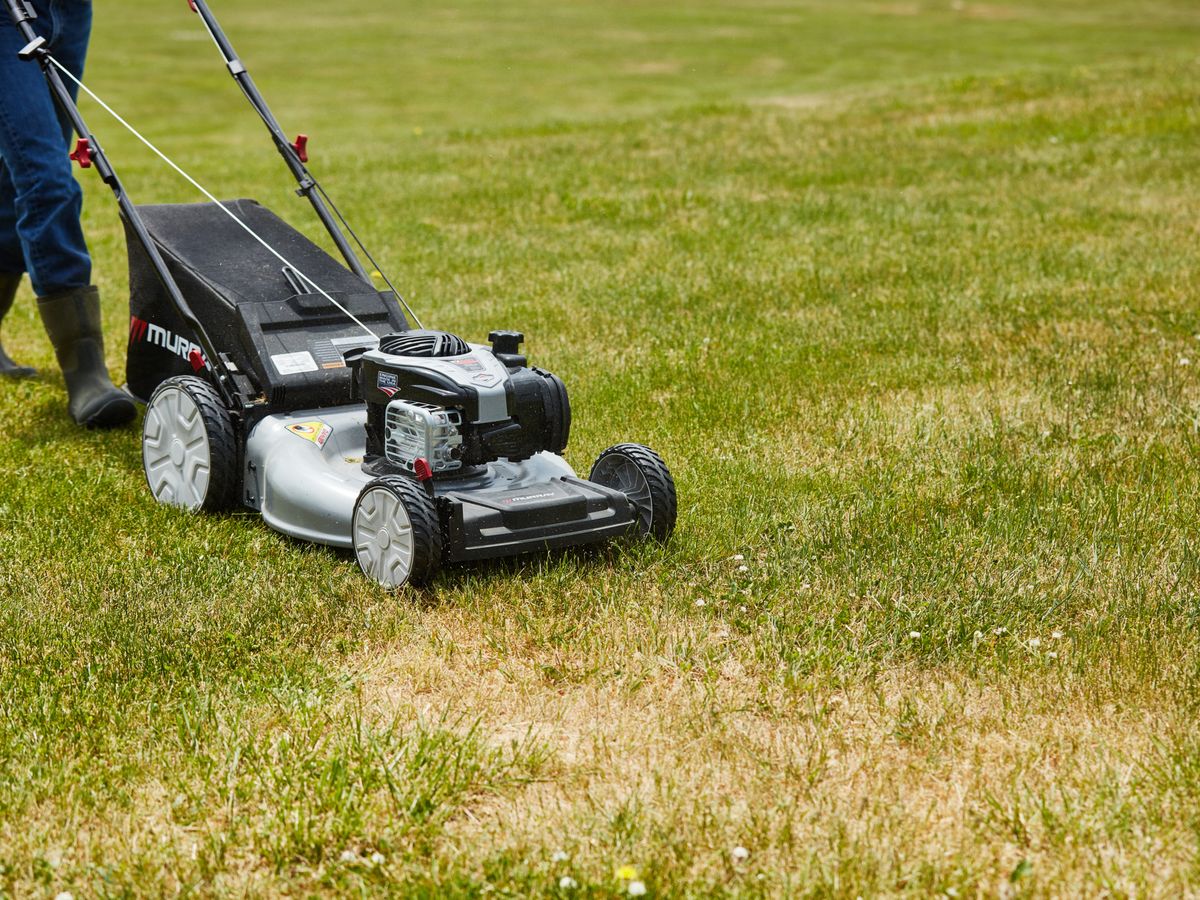

Landscaping Ideas
How To Get Your Brown Grass Green Again
Modified: March 29, 2024
Revive your brown grass with expert landscaping ideas. Discover effective methods to turn your lawn green again and restore its lush beauty. Unlock the secrets to revitalizing your outdoor space today!
(Many of the links in this article redirect to a specific reviewed product. Your purchase of these products through affiliate links helps to generate commission for Storables.com, at no extra cost. Learn more)
Introduction
Welcome to the ultimate guide on how to revive your brown grass and transform it into a lush, vibrant green carpet that will be the envy of your neighborhood. Nothing is quite as disheartening as looking out at your yard and seeing patches of brown where there should be a sea of green. However, fear not, as with the right knowledge and techniques, you can breathe life back into your lawn and restore it to its former glory.
In this comprehensive guide, we will delve into the various factors that can cause grass to turn brown, ranging from improper watering and fertilization to pest infestations and diseases. Understanding the root causes of the issue is crucial in formulating an effective plan of action to revive your lawn. We will then explore a series of practical steps and best practices to help you bring your brown grass back to life, including proper watering techniques, fertilizing tips, and mowing practices.
By the end of this guide, you will be equipped with the knowledge and strategies needed to revitalize your lawn and achieve that lush, green expanse you’ve been dreaming of. So, let’s roll up our sleeves and get ready to breathe new life into your brown grass!
Key Takeaways:
- To revive brown grass, address issues like improper watering, soil compaction, and pest infestations. Follow steps like aeration, overseeding, and adjusting watering and fertilization for a lush, green lawn.
- Proper watering, fertilization, mowing, and pest management are essential for healthy, green grass. Implement deep watering, soil testing for fertilization, and integrated pest management for a vibrant lawn.
Read more: How To Get Your Grass Green Again
Understanding the Causes of Brown Grass
Before diving into the solutions, it’s essential to understand the underlying reasons why your grass has turned brown. Several factors can contribute to this issue, and identifying the specific cause will guide your efforts in restoring your lawn to its verdant glory.
1. Improper Watering: One of the most common reasons for brown grass is inadequate or excessive watering. Insufficient watering can lead to drought stress, causing the grass to wither and turn brown. On the other hand, overwatering can lead to root rot, suffocating the grass and giving it a brown, wilted appearance.
2. Soil Compaction: Compacted soil prevents water, air, and nutrients from reaching the grass’s roots, leading to stress and browning. High-traffic areas are particularly prone to soil compaction.
3. Insufficient Fertilization: Grass requires essential nutrients to thrive, and a lack of proper fertilization can result in brown, lackluster turf. Nutrient deficiencies, such as nitrogen, can manifest as brown patches throughout the lawn.
4. Improper Mowing: Incorrect mowing practices, such as cutting the grass too short or using dull blades, can stress the grass and cause it to turn brown. Scalped turf is more susceptible to damage and browning.
5. Pest Infestations: Insects, such as grubs and chinch bugs, can wreak havoc on your lawn, causing significant damage and browning. Identifying and addressing pest infestations is crucial for restoring the health of your grass.
6. Diseases: Fungal diseases, such as brown patch and dollar spot, can cause unsightly brown patches in your lawn. These diseases thrive in humid conditions and can quickly spread if left untreated.
By understanding these potential causes of brown grass, you can assess your lawn’s specific conditions and take targeted steps to address the underlying issues. In the following sections, we will explore effective strategies to tackle each of these factors and revive your brown grass, transforming it into a lush, green oasis.
Steps to Revive Your Brown Grass
Reviving your brown grass requires a systematic approach that addresses the underlying causes while promoting healthy growth. By following these steps, you can breathe new life into your lawn and restore its lush, green appearance.
1. Assess the Damage: Take a close look at your lawn to identify the extent of the browning. Note areas of concentrated damage, as well as any signs of pest infestations or diseases. Understanding the scope of the problem will guide your restoration efforts.
2. Aerate the Soil: Compacted soil can hinder the grass’s ability to thrive. Use a core aerator to alleviate soil compaction and improve air, water, and nutrient penetration. This will create an optimal environment for new growth.
3. Overseed the Lawn: Overseeding is a crucial step in revitalizing brown grass. Choose a high-quality grass seed blend suitable for your region and lawn conditions. Spread the seed evenly over the affected areas to promote new growth and fill in bare patches.
4. Address Pest Infestations: If you suspect pest activity, such as grubs or chinch bugs, consider applying targeted treatments to eliminate the infestation. This will prevent further damage and allow the grass to recover.
5. Treat Fungal Diseases: If fungal diseases are present, use fungicides specifically formulated to combat the identified pathogens. Follow the application instructions carefully to effectively manage the diseases and prevent their spread.
6. Adjust Your Watering Routine: Proper watering is essential for green, healthy grass. Ensure that your lawn receives sufficient moisture, especially during dry periods, while avoiding overwatering. Deep, infrequent watering promotes strong root growth and resilience.
7. Implement a Fertilization Schedule: Apply a high-quality, balanced fertilizer to provide essential nutrients for grass recovery. Choose a fertilizer with a formulation tailored to your grass type and apply it according to the recommended schedule.
8. Monitor and Adjust: Keep a close eye on your lawn’s progress and make adjustments as needed. Regular monitoring allows you to identify any ongoing issues and fine-tune your lawn care practices for optimal results.
By following these steps and addressing the specific needs of your lawn, you can effectively revive your brown grass and set the stage for a vibrant, healthy lawn. The next sections will delve into essential practices for proper watering, fertilization, mowing, and pest management to further support the rejuvenation of your green space.
Watering Techniques for Green Grass
Proper watering is fundamental to achieving and maintaining a lush, green lawn. By employing the right watering techniques, you can promote healthy root development and vibrant grass growth while minimizing the risk of browning and stress. Here are essential watering practices to help your grass thrive:
- Deep Watering: Rather than frequent shallow watering, aim for deep, infrequent watering sessions. This encourages the grass roots to grow deeper into the soil in search of moisture, resulting in a more resilient and drought-tolerant lawn.
- Early Morning Watering: The best time to water your lawn is in the early morning, ideally before 10 a.m. This allows the grass to dry off during the day, reducing the risk of fungal diseases that thrive in moist conditions.
- Uniform Coverage: Ensure that your sprinklers or irrigation system provide uniform coverage across the entire lawn. Overlapping watering patterns can help prevent dry spots and ensure that all areas receive adequate moisture.
- Monitor Soil Moisture: Regularly check the soil moisture to gauge the effectiveness of your watering routine. Insert a screwdriver or soil moisture probe into the ground to assess the depth of moisture penetration.
- Adjust for Seasonal Changes: During hot and dry weather, you may need to increase the frequency of watering to prevent drought stress. Conversely, scale back on watering during cooler, wetter periods to avoid waterlogged soil.
- Consider Rainfall: Take natural rainfall into account when determining your watering schedule. If your lawn receives significant rainfall, adjust your watering frequency accordingly to avoid overwatering.
By implementing these watering techniques, you can provide your grass with the essential moisture it needs to thrive, resulting in a vibrant, green lawn that enhances the beauty of your outdoor space. Next, we will explore the role of fertilization in promoting healthy grass growth and restoring the lush, green appearance of your lawn.
Water your brown grass deeply and infrequently to encourage deep root growth. Avoid frequent shallow watering, as this can lead to shallow roots and make the grass more susceptible to browning.
Fertilizing Tips for a Lush Lawn
Fertilization plays a crucial role in nurturing a lush, green lawn by providing essential nutrients that support healthy growth and vibrant color. By following these fertilizing tips, you can ensure that your grass receives the nourishment it needs to thrive:
- Soil Testing: Conduct a soil test to determine the specific nutrient needs of your lawn. This will guide you in selecting the appropriate fertilizer blend and identifying any deficiencies that need to be addressed.
- Choose the Right Fertilizer: Select a high-quality fertilizer with a balanced formulation, including nitrogen, phosphorus, and potassium. Consider slow-release fertilizers for sustained nutrient availability and minimal leaching.
- Follow Application Guidelines: Adhere to the recommended application rates and schedules provided by the fertilizer manufacturer. Avoid overapplication, as excessive fertilizer can harm the grass and contribute to browning.
- Apply During Active Growth: Time your fertilizer applications to coincide with the grass’s active growth periods. This allows the grass to efficiently utilize the nutrients for robust development and improved color.
- Water After Application: After applying fertilizer, water your lawn lightly to help the nutrients penetrate the soil and reach the grass roots. This promotes effective nutrient uptake and minimizes the risk of fertilizer burn.
- Consider Organic Options: Explore organic fertilizers as a sustainable and eco-friendly alternative. Organic fertilizers enrich the soil and promote long-term soil health, contributing to the overall vitality of your lawn.
- Monitor Results: Keep track of your lawn’s response to fertilization, observing changes in color, density, and overall health. Adjust your fertilization practices based on the grass’s performance and any specific needs that arise.
By incorporating these fertilizing tips into your lawn care routine, you can provide your grass with the essential nutrients it needs to thrive, resulting in a lush, green expanse that enhances the beauty of your outdoor space. Next, we will explore the significance of proper mowing practices in maintaining healthy, green grass.
Read more: How To Get Brown Grass Green
Mowing Practices for Healthy Green Grass
Proper mowing practices are essential for promoting healthy, green grass and maintaining a vibrant lawn. By following these mowing tips, you can optimize the appearance and resilience of your grass while minimizing the risk of browning and stress:
- Set the Right Mowing Height: Adjust your mower to the appropriate cutting height for your grass type. Taller grass shades the soil, retains moisture, and develops stronger roots, contributing to a healthier, greener lawn.
- Follow the “One-Third” Rule: Avoid removing more than one-third of the grass blade length in a single mowing session. This gradual approach reduces stress on the grass and helps maintain its green color and vigor.
- Keep Blades Sharp: Regularly sharpen your mower blades to ensure clean, precise cuts. Dull blades can tear the grass, leading to frayed edges and increased susceptibility to browning and disease.
- Vary Mowing Patterns: Alternate your mowing direction with each session to prevent soil compaction and encourage upright grass growth. This practice also minimizes the formation of ruts and uneven turf.
- Mow When Dry: Avoid mowing wet grass, as it can result in clumping, uneven cuts, and potential damage to the grass blades. Opt for mowing when the grass is dry for optimal results.
- Leave Clippings on the Lawn: Consider mulching your grass clippings and leaving them on the lawn. This natural mulch returns valuable nutrients to the soil, promoting healthy growth and reducing the need for additional fertilization.
- Adjust Mowing Frequency: Tailor your mowing schedule to accommodate the grass’s growth rate, adjusting as needed based on seasonal variations and weather conditions.
By incorporating these mowing practices into your lawn care routine, you can support the development of healthy, green grass that enhances the beauty of your outdoor space. Next, we will explore strategies for effectively managing pests and diseases to safeguard the vitality of your lawn.
Dealing with Pests and Diseases
Effective pest and disease management is crucial for safeguarding the health and vibrancy of your lawn. By implementing proactive strategies and targeted treatments, you can address potential threats and preserve the lush, green appearance of your grass. Here are essential steps for dealing with pests and diseases:
- Identify Pest Symptoms: Regularly inspect your lawn for signs of pest activity, such as discolored patches, wilting grass, or visible pests. Identifying the specific pests at play will guide your treatment approach.
- Implement Integrated Pest Management (IPM): Embrace a holistic approach to pest control that integrates cultural, biological, and chemical methods. This includes promoting natural predators, enhancing soil health, and selectively using targeted treatments when necessary.
- Choose Targeted Treatments: When addressing specific pest infestations, select treatments tailored to the identified pests. This may include insecticidal soaps, nematodes, or targeted insecticides that minimize harm to beneficial organisms.
- Monitor Disease Symptoms: Be vigilant for signs of fungal or bacterial diseases, such as discolored patches, lesions, or abnormal growth. Prompt identification allows for timely intervention to prevent the spread of diseases.
- Opt for Disease-Resistant Varieties: When overseeding or establishing new turf, consider grass varieties known for their resistance to prevalent diseases in your region. Disease-resistant grasses are less susceptible to infections, reducing the need for intensive treatments.
- Practice Proper Lawn Care: Maintain optimal lawn care practices, including proper watering, fertilization, and mowing, to promote the overall health and resilience of your grass. Healthy grass is better equipped to withstand and recover from pest and disease pressures.
- Consult with Experts: If you encounter persistent pest or disease challenges, seek guidance from local extension services or professional lawn care experts. They can provide tailored recommendations based on your specific circumstances and local conditions.
By addressing pests and diseases with a proactive and informed approach, you can protect the vitality of your lawn and sustain its lush, green appearance. The successful management of potential threats ensures that your outdoor space remains a vibrant and inviting environment for relaxation and recreation.
Conclusion
Congratulations on embarking on the journey to revive your brown grass and transform it into a lush, vibrant green oasis. By understanding the underlying causes of brown grass and implementing targeted strategies, you have the power to breathe new life into your lawn and create a captivating outdoor space that enhances your home’s beauty and curb appeal.
Throughout this comprehensive guide, we’ve explored the multifaceted factors that can contribute to brown grass, ranging from improper watering and fertilization to pest infestations and diseases. Understanding these influences is pivotal in formulating an effective plan of action to rejuvenate your lawn.
We’ve delved into a series of practical steps and best practices, encompassing proper watering techniques, fertilizing tips, mowing practices, and strategies for managing pests and diseases. By following these guidelines and tailoring them to your lawn’s specific needs, you can set the stage for a remarkable transformation.
Remember, the key to maintaining a healthy, green lawn lies in consistent care, observation, and adaptation. Regular monitoring of your lawn’s progress, coupled with adjustments to your maintenance practices, will ensure that your grass remains vibrant and resilient throughout the seasons.
As you embark on this revitalization journey, take pride in the positive impact your efforts will have on your outdoor environment. A lush, green lawn not only elevates the aesthetics of your property but also provides a welcoming space for relaxation, recreation, and connection with nature.
With the knowledge and strategies gained from this guide, you are well-equipped to nurture your lawn back to its full potential. Embrace the process, enjoy the transformation, and revel in the beauty of your revitalized green space for years to come.
Here’s to a future filled with the vibrant allure of a healthy, green lawn!
Frequently Asked Questions about How To Get Your Brown Grass Green Again
Was this page helpful?
At Storables.com, we guarantee accurate and reliable information. Our content, validated by Expert Board Contributors, is crafted following stringent Editorial Policies. We're committed to providing you with well-researched, expert-backed insights for all your informational needs.
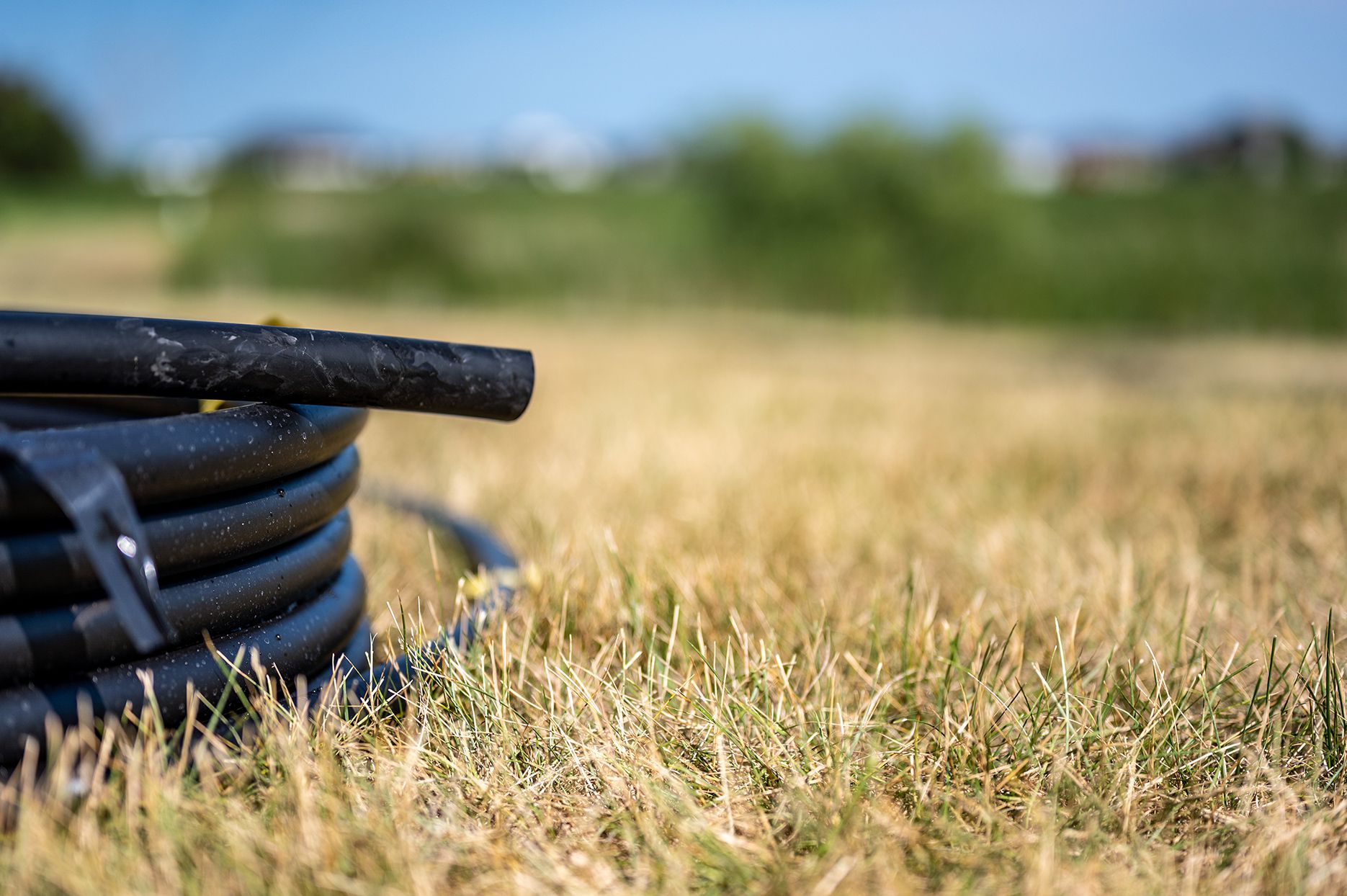
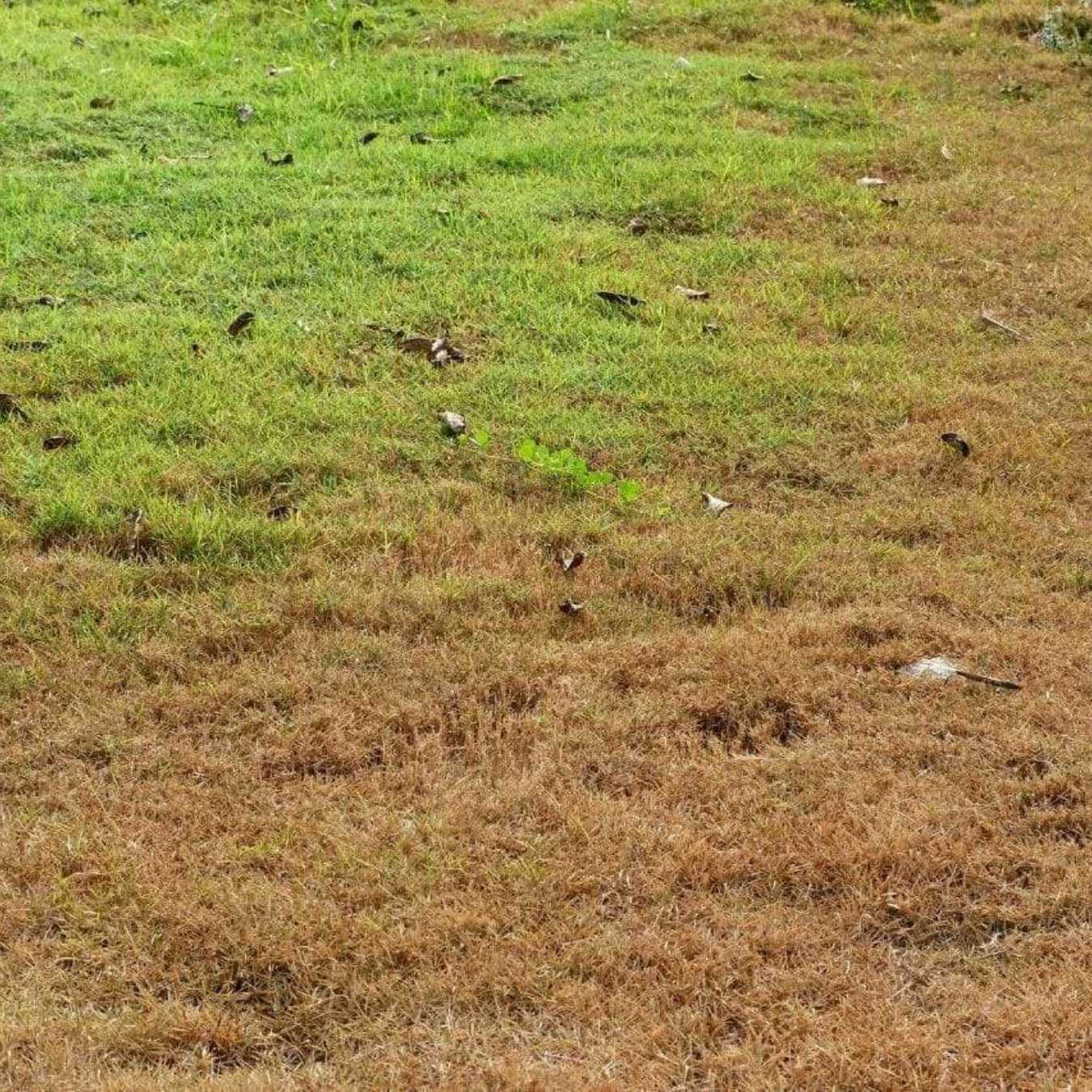
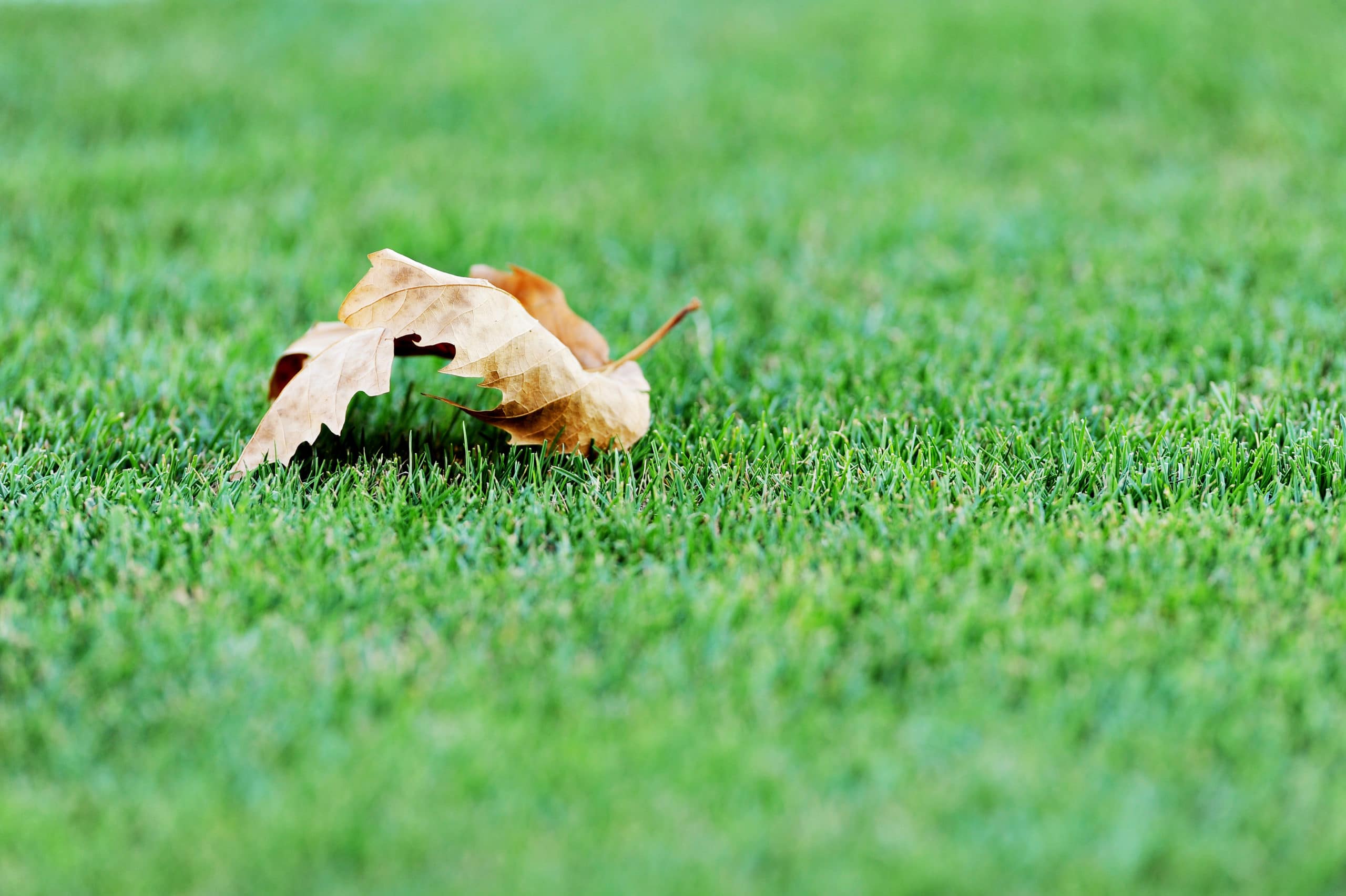

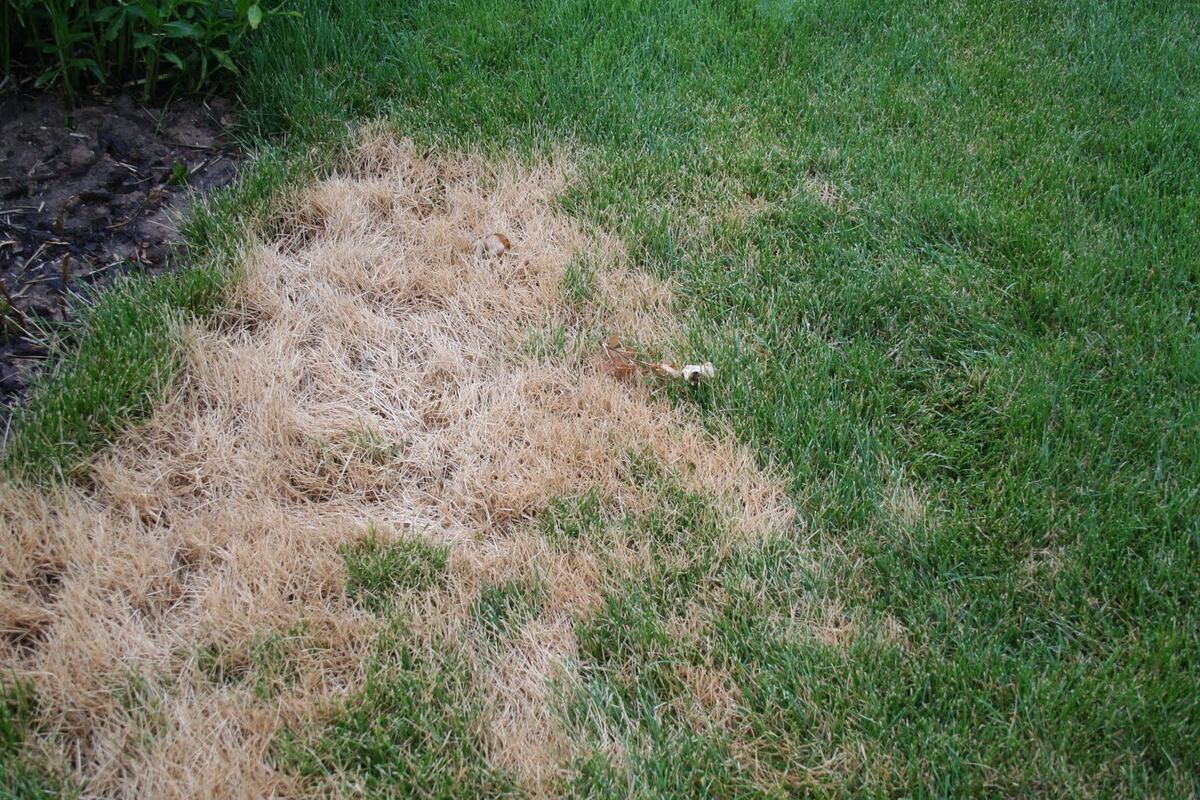
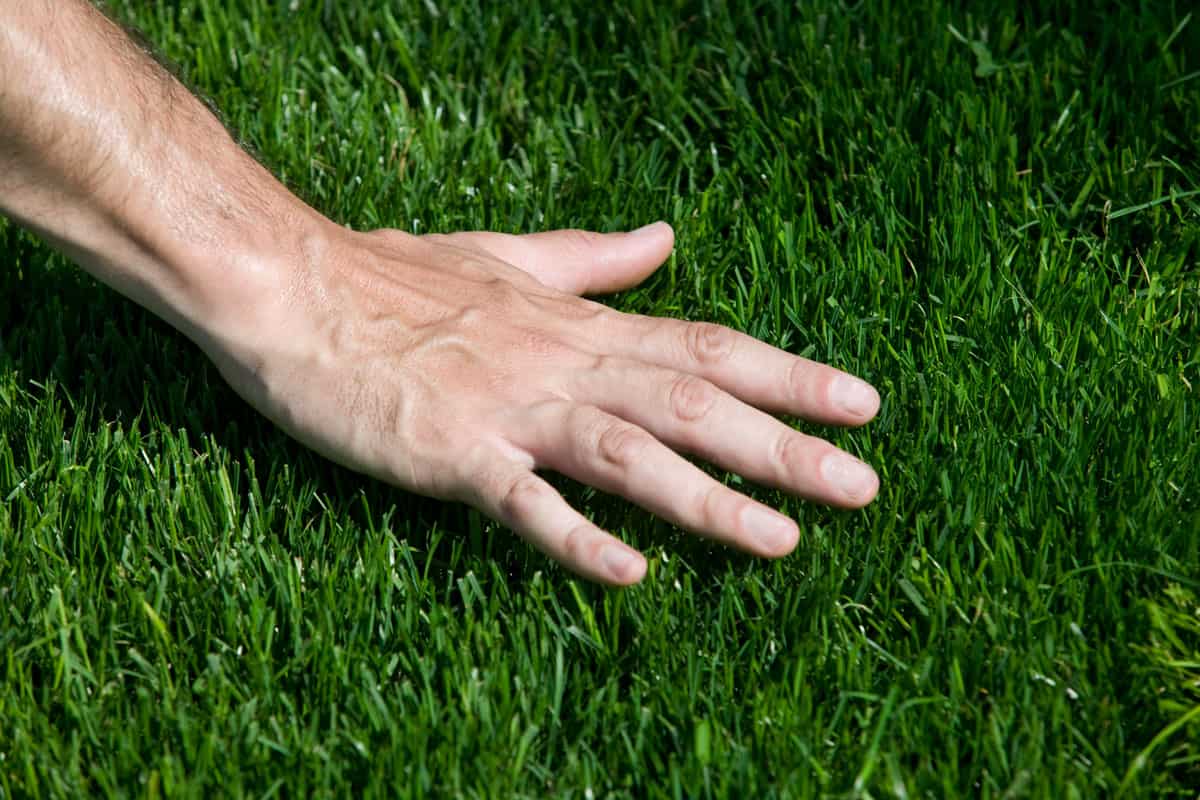
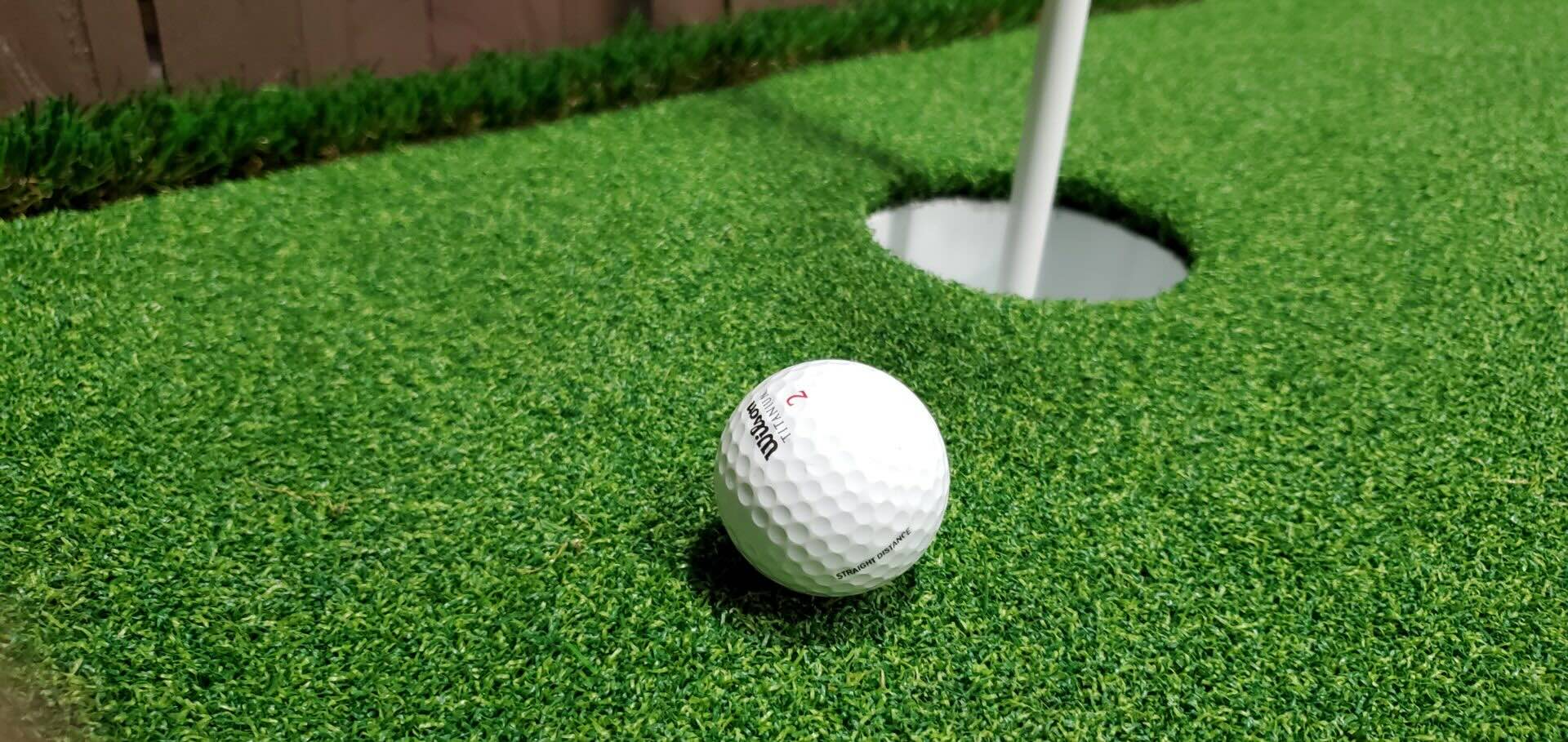
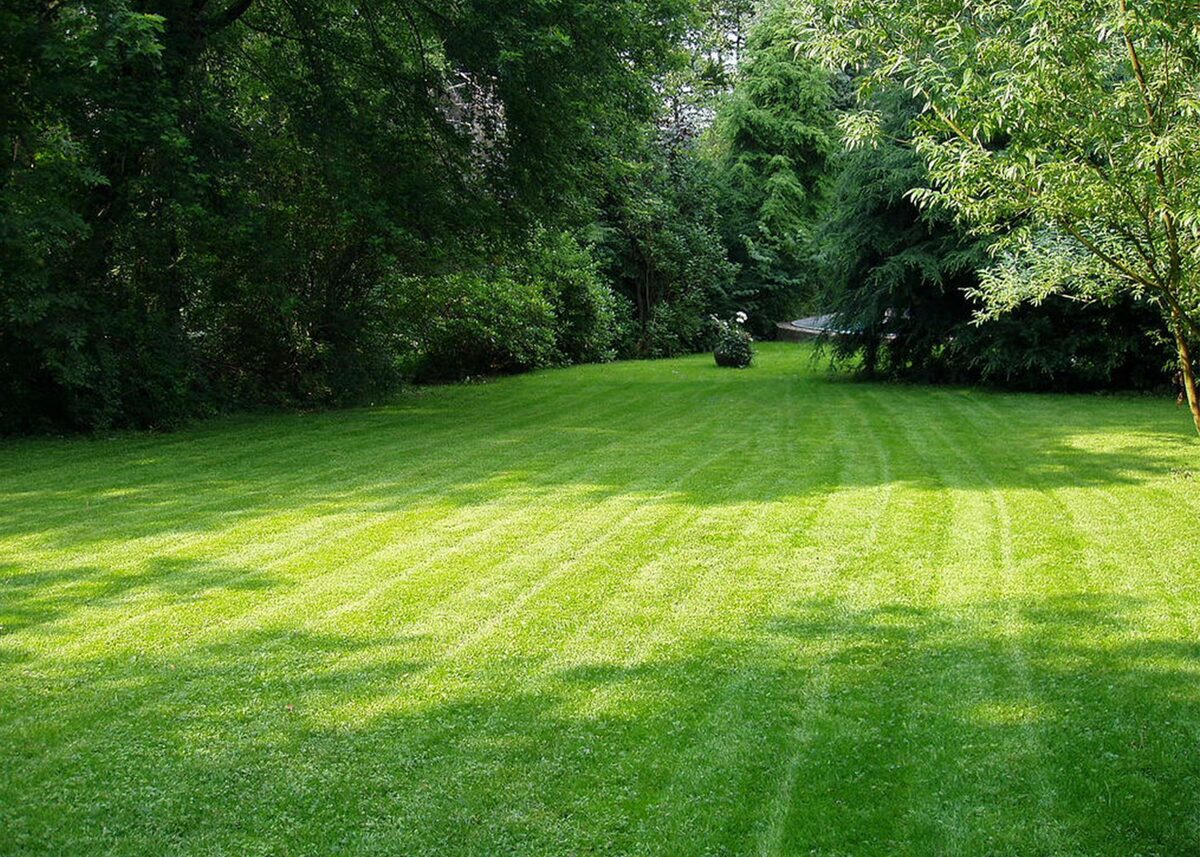
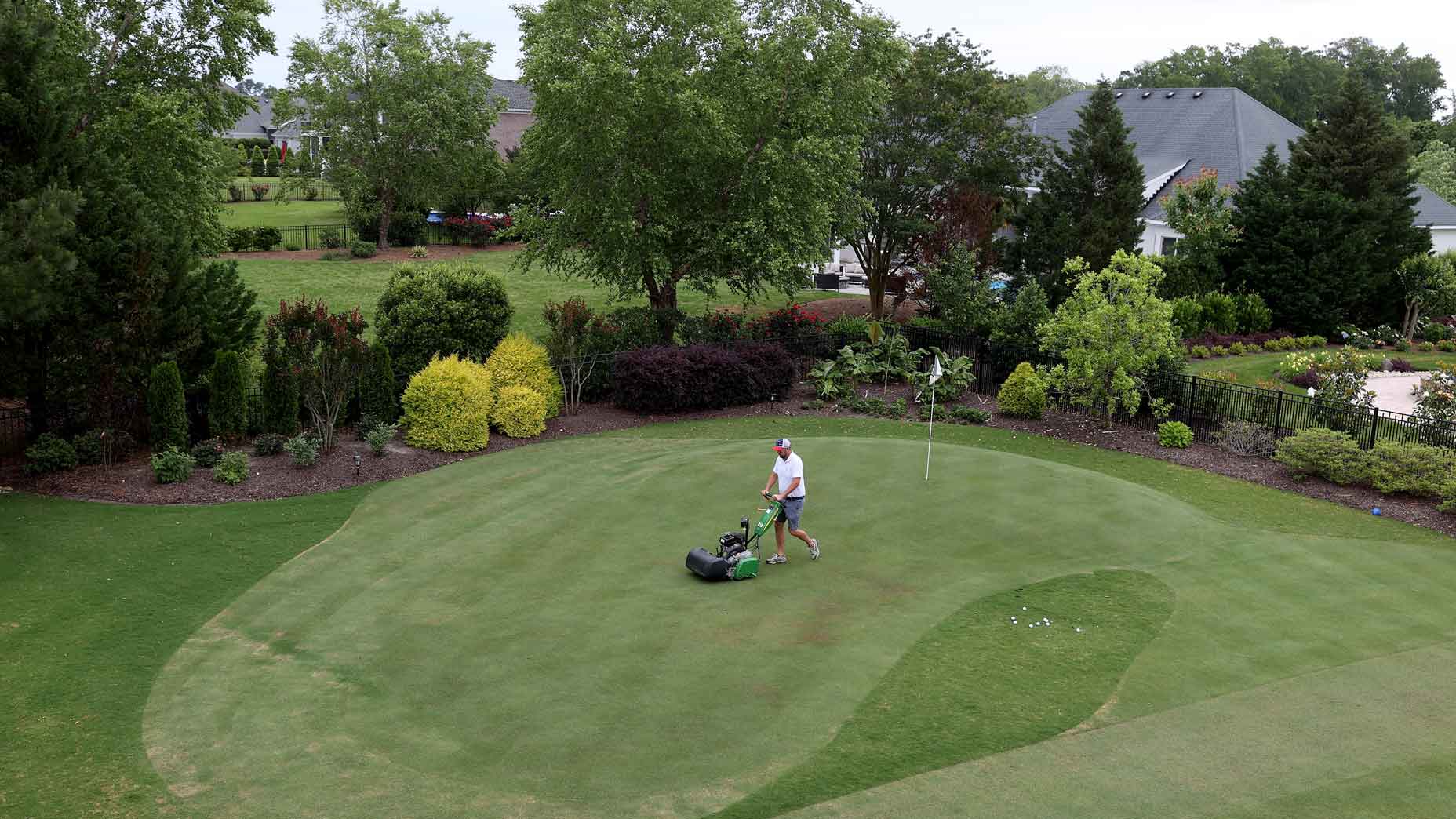
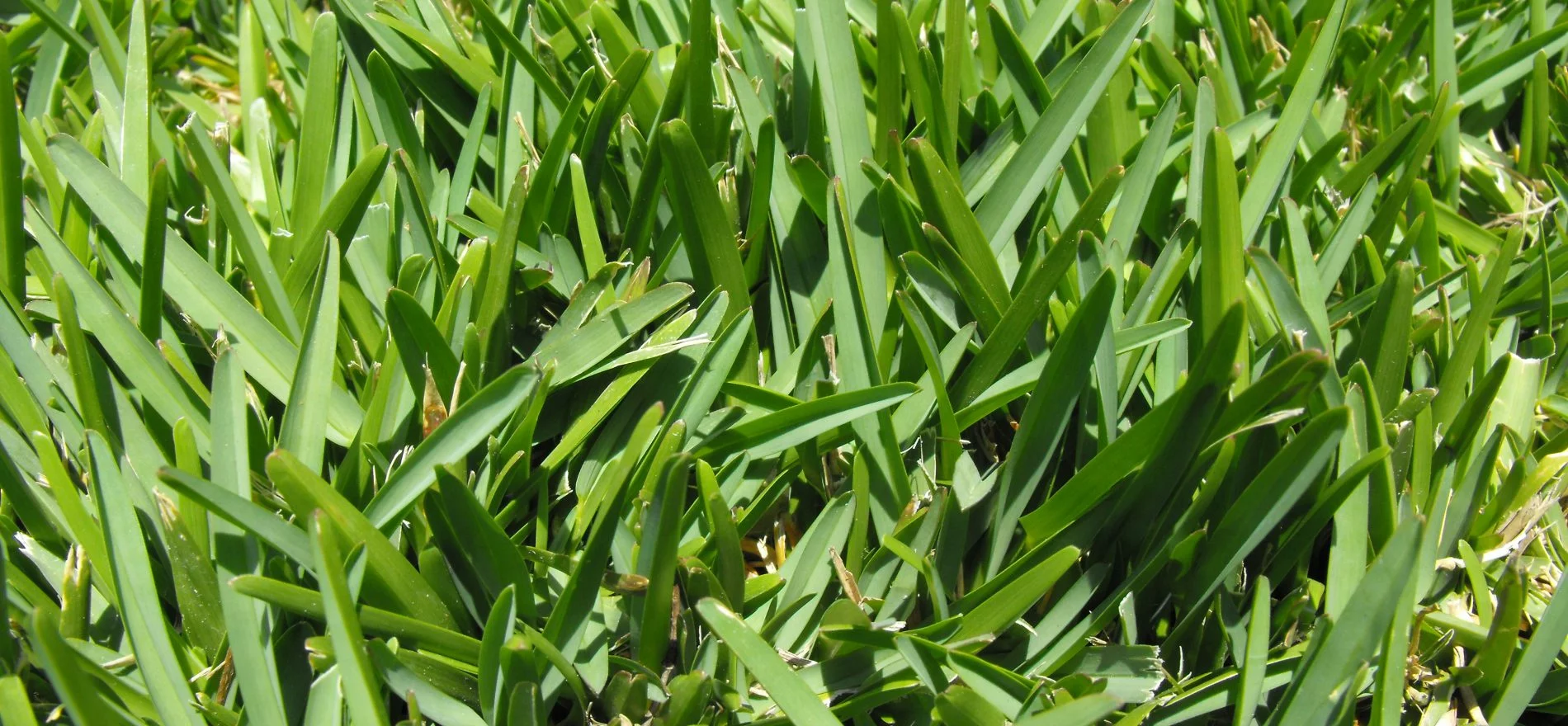

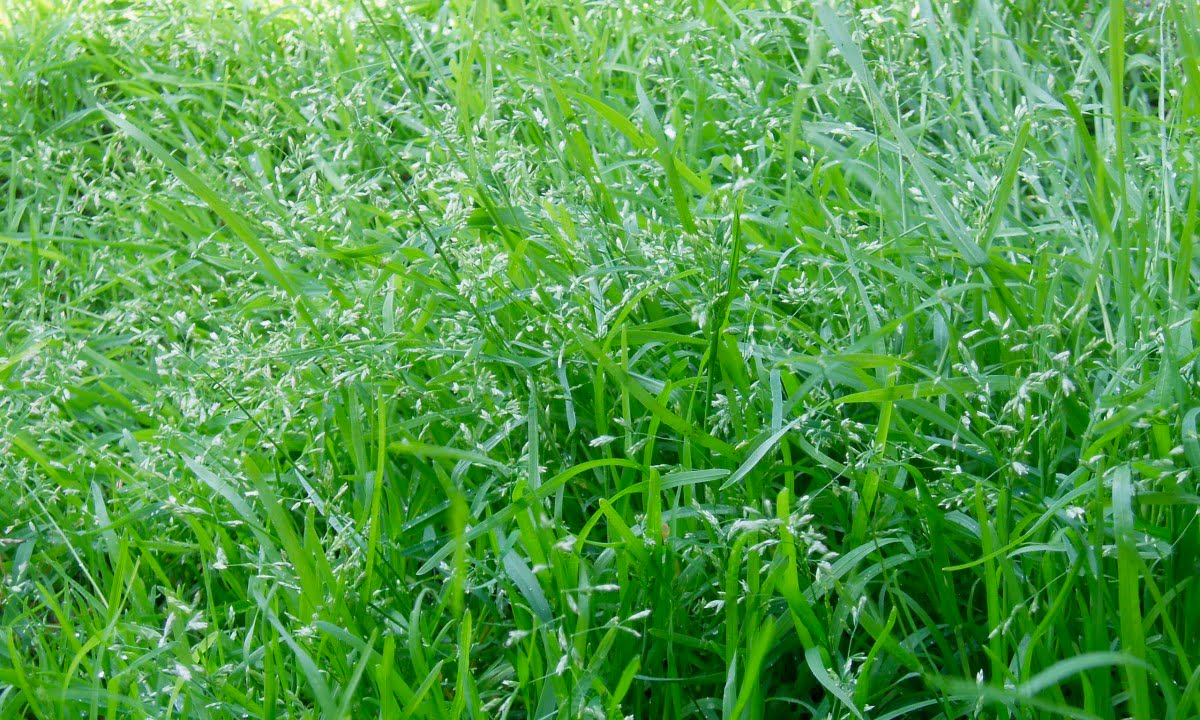



0 thoughts on “How To Get Your Brown Grass Green Again”